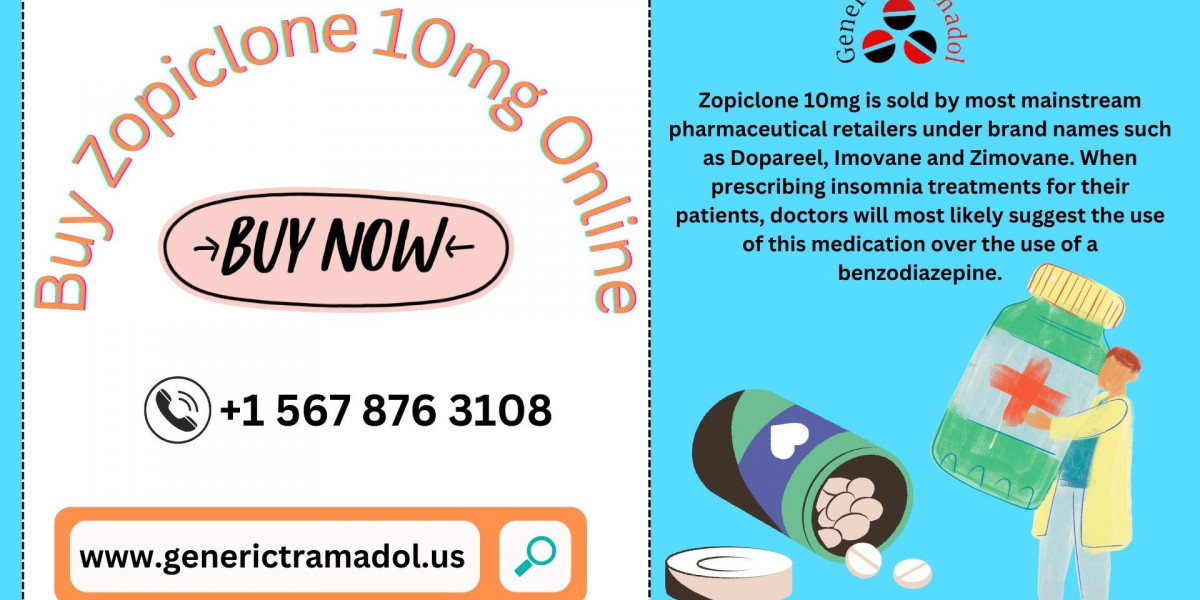The world of anabolic-androgenic steroids (AAS) is full of myths, half-truths, and varying opinions. One compound that often sparks debate is Masteron injection—known scientifically as Drostanolone Propionate or Enanthate. Revered for its aesthetic-enhancing properties, Masteron is often touted as a mild steroid, with some users claiming it has little to no impact on natural testosterone production.
But how accurate is this belief?
In this article, we’ll dive deep into the relationship between Masteron injection and natural testosterone suppression. We'll examine the science, real-world experiences, and the factors that influence how suppressive this compound really is.
What Is Masteron Injection?
Masteron injection is a DHT (dihydrotestosterone) derivative, classified as an anabolic-androgenic steroid. It was originally developed for the treatment of breast cancer in women but quickly gained traction in the bodybuilding world for its ability to harden muscles, reduce water retention, and enhance vascularity.
There are two primary forms:
Masteron Propionate (short-acting, injected every other day)
Masteron Enanthate (long-acting, injected twice a week)
Because Masteron doesn’t aromatize into estrogen, it’s often favored during cutting cycles and contest preps. It provides a dry, chiseled look without the bloating commonly associated with other steroids.
The Testosterone Suppression Myth
A common claim is that Masteron injection is not very suppressive. Some users even argue they can run it without any testosterone support and feel fine. But from a physiological standpoint, all anabolic steroids do suppress the hypothalamic-pituitary-gonadal (HPG) axis to some degree.
The question isn’t whether Masteron is suppressive. The question is: How suppressive is it compared to other steroids?
How Steroid Suppression Works
To understand Masteron’s impact on testosterone, you need a basic understanding of the HPG axis:
The hypothalamus releases gonadotropin-releasing hormone (GnRH).
GnRH stimulates the pituitary gland to release LH and FSH.
LH and FSH signal the testes to produce testosterone.
When you introduce exogenous androgens like Masteron injection, your body detects higher androgen levels and reduces LH and FSH production. As a result, your natural testosterone levels drop.
Masteron’s Androgenic Profile
Masteron has:
Low anabolic rating (~62–130)
Moderate androgenic rating (~25–40)
But here's the kicker: despite its "mild" ratings, Masteron still strongly binds to androgen receptors and sends a clear message to your body—you don’t need to produce testosterone.
This means suppression is inevitable. The only thing that varies is how quickly and to what extent suppression occurs.
Real-World Feedback: Mild or Misleading?
Let’s take a look at anecdotal evidence from users who’ve used Masteron injection solo or in stacks:
1. Running Masteron Solo
Some users claim they can run Masteron on its own without noticeable shutdown symptoms, especially at low doses (100–200 mg/week). These individuals report:
No loss of libido
Minimal mood changes
Stable energy levels
But bloodwork often tells a different story. Even at low doses, total and free testosterone levels can drop significantly. Some users report testosterone levels falling to hypogonadal ranges (<300 ng/dL) within 3–4 weeks of use.
2. Stacking Masteron with Testosterone
This is the more common and safer approach. Because Masteron suppresses natural testosterone, stacking it with testosterone replacement (TRT dose or more) ensures users maintain normal androgen levels. Libido, mood, and energy stay intact.
Most users running Masteron injection at 300–600 mg/week alongside testosterone (250–500 mg/week) report great results with minimal side effects.
Bloodwork Doesn’t Lie
Here’s a snapshot of what typically happens to natural testosterone levels when running Masteron injection solo:
| Week | Masteron Dose (mg/week) | Total Testosterone | Free Testosterone | LH/FSH |
|---|---|---|---|---|
| 0 | 0 | 700 ng/dL | 15 pg/mL | Normal |
| 2 | 300 | 400 ng/dL | 8 pg/mL | Low |
| 4 | 300 | 150 ng/dL | 3 pg/mL | Very Low |
| 6 | 300 | <100 ng/dL | <2 pg/mL | Undetectable |
This demonstrates that even though Masteron injection may feel "mild," it absolutely suppresses endogenous testosterone.
Psychological Effects of Suppression
Suppression doesn’t only affect hormones—it affects mood, energy, confidence, and libido.
When natural testosterone drops due to Masteron injection, some users experience:
Brain fog
Fatigue
Low motivation
Irritability
Poor sleep
Decreased sex drive
These effects vary widely. Genetics, dosage, duration, and baseline hormone levels all play a role. Some may tolerate suppression better than others.
What About PCT?
If you’re running Masteron injection without testosterone, a Post Cycle Therapy (PCT) is essential. You’ll need to kickstart your HPG axis again.
Typical PCT protocol post-Masteron:
Clomid: 50mg/day for 4 weeks
Nolvadex: 20mg/day for 4 weeks
In some cases, HCG may be used during the cycle to prevent complete testicular shutdown.
Keep in mind: recovery after a Masteron cycle can still take weeks to months, depending on how long suppression lasted and how your body responds to PCT.
Masteron’s Half-Life and Suppression Window
Masteron Propionate has a half-life of ~2.5 days
Masteron Enanthate has a half-life of ~7–10 days
Suppression continues as long as active hormone levels are elevated in your bloodstream. Even after your last injection, your natural testosterone may not bounce back immediately. Expect suppression to linger for several weeks post-cycle unless you initiate PCT.
Should You Run Masteron Without Testosterone?
Here’s the honest answer:
You can—but it’s not recommended.
While some bodybuilders experiment with Masteron-only cycles, especially for contest prep or to avoid estrogenic side effects, the vast majority find that:
Libido crashes after a few weeks
Energy drops
Mental clarity suffers
Recovery slows
The smarter approach is to always pair Masteron injection with a base of testosterone, even at TRT levels (100–150 mg/week), to maintain hormonal balance.
Pros and Cons of Masteron Injection
✅ Pros
Excellent for muscle hardening
Does not aromatize
Low water retention
Great synergy in cutting cycles
May slightly reduce estrogen
❌ Cons
Suppresses natural testosterone
Requires frequent injections (Propionate)
Not ideal for bulking
Expensive compared to other compounds
Limited solo effectiveness due to suppression
Final Verdict: How Suppressive Is Masteron Injection?
Masteron is not the most suppressive steroid—but it is suppressive.
Whether you're using Masteron Propionate or Enanthate, your body will respond by downregulating its own testosterone production. Don’t be fooled by anecdotal reports claiming it’s “non-suppressive.” These may be based on short-term use or lack of symptoms—not actual bloodwork.
If you plan to use Masteron injection, do it smart:
Stack with testosterone
Monitor your blood levels
Be prepared with a solid PCT
Watch for signs of low testosterone (fatigue, low libido, mood swings)
Masteron injection offers incredible cosmetic benefits for bodybuilders and physique athletes—but don’t sacrifice your hormonal health in pursuit of gains.








